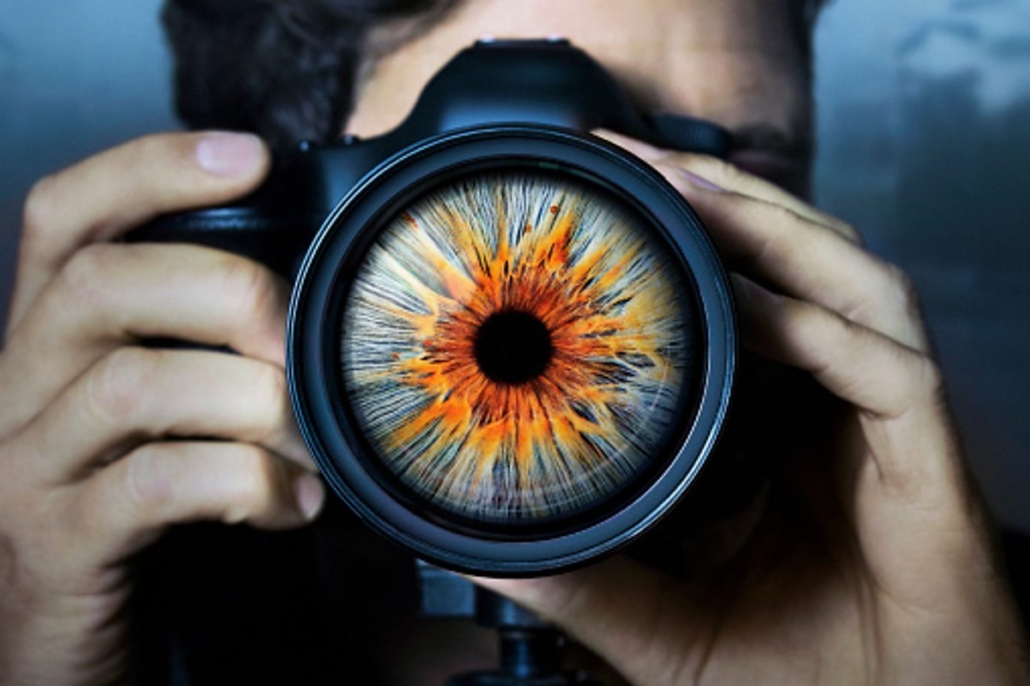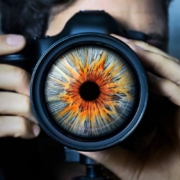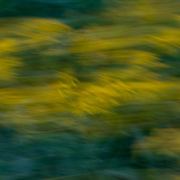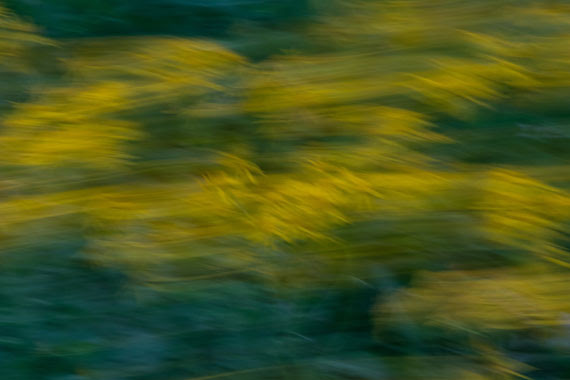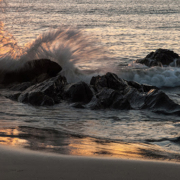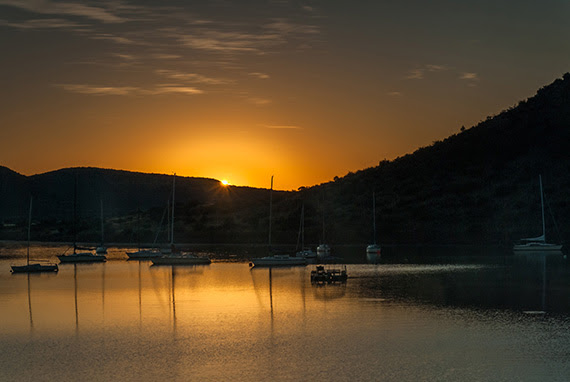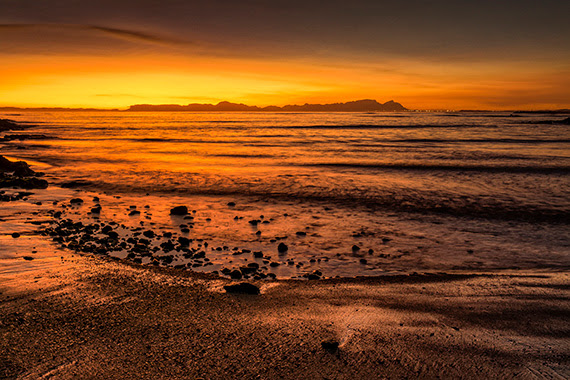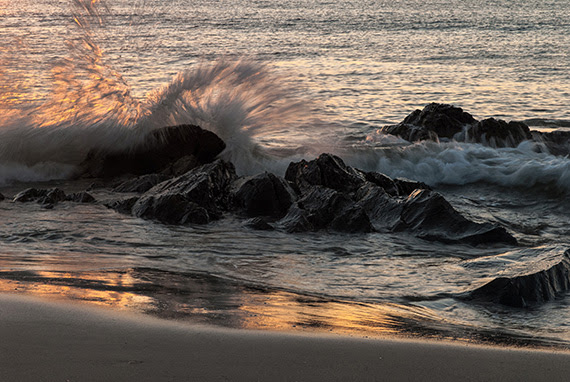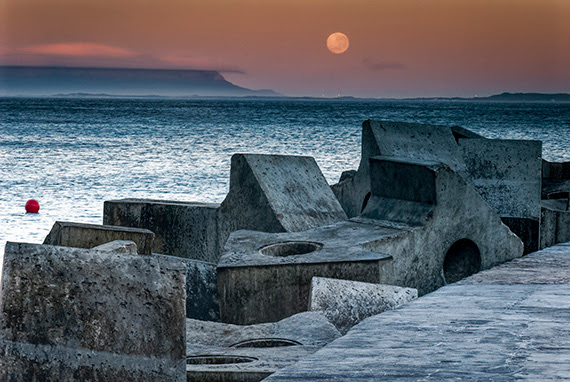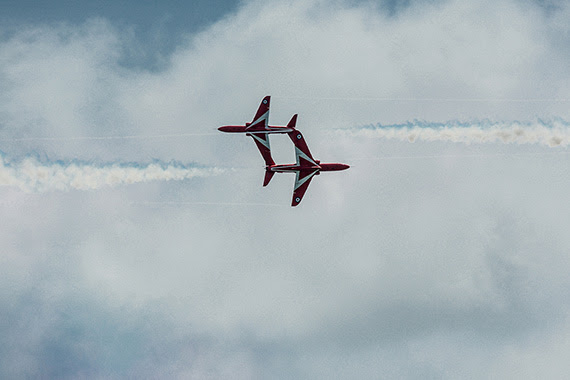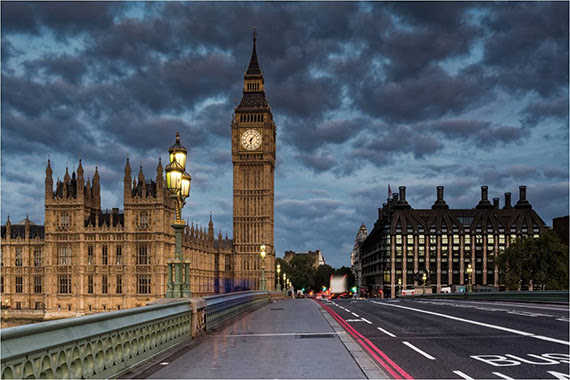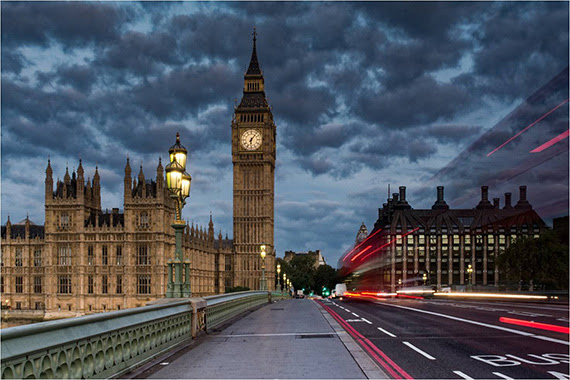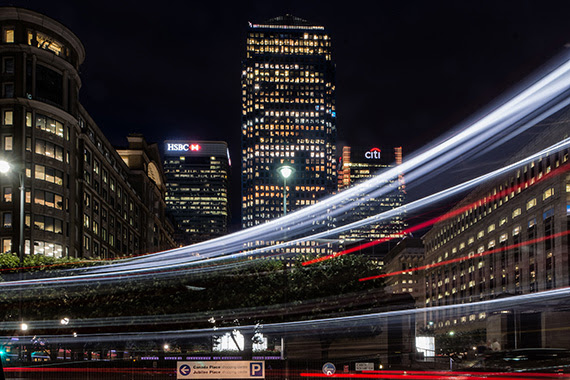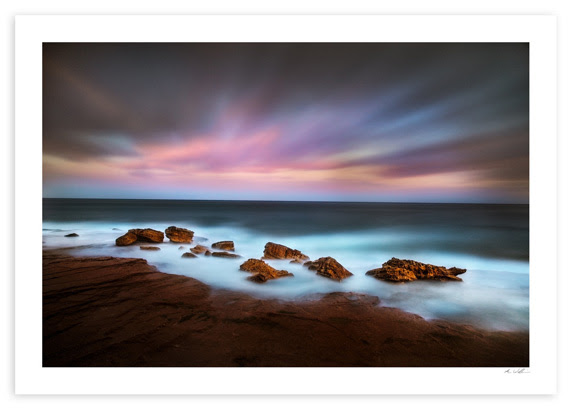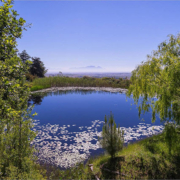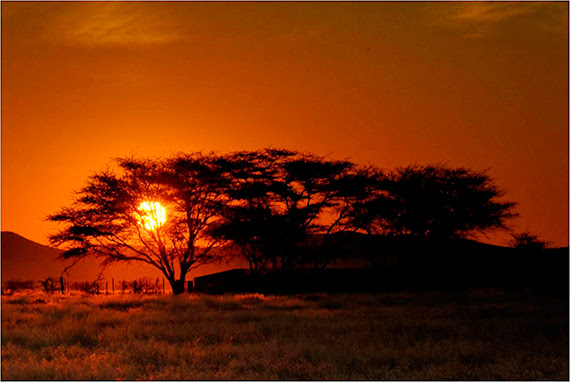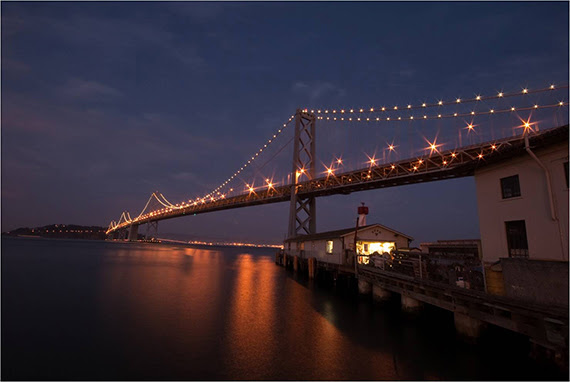8 point -You Know You’re a Photographer When…
Being a photographer is more than just a hobby or a career choice—it’s life. Something you feel you literally could not live without. Every instant of your waking moment, you feel the dire need to pull your camera out and take a picture of the beauty of your surroundings. Sound familiar? I have compiled a list of eight ways you know when you’re a photographer.
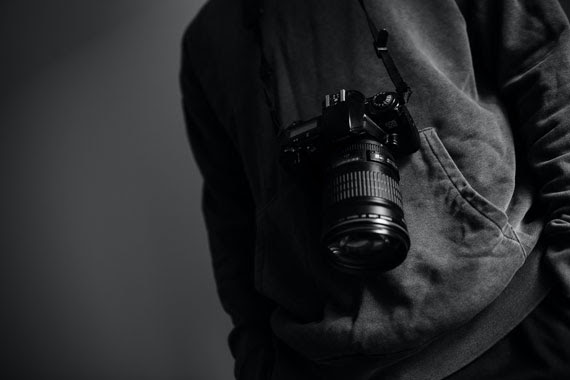
1. You get upset when you don’t have your camera on you.
I feel as though every photographer knows this feeling. For instance, maybe you decide to go for a walk down to the beach and accidentally leave your camera sitting on the kitchen bench. When you go to take a picture, your heart drops. And the only reason you don’t know you’re missing your camera until you get to the beach is because you’re so used to it being in your hands; it’s almost second nature. Your body has adapted to your photography addiction, and it doesn’t recognize when something is drastically wrong. Am I right?
2. Lighting > Equipment
At some stage in a photographer’s life, there comes a point when having the best equipment just doesn’t cut it. You begin to realize that there’s more to a good photo than the equipment (although it’s still one of my many pleasures) You realize that the the lighting of the photograph is the important part. Unfortunately, there is (arguably) no tool that can give you perfect lighting other than taking a photo at the right time, at the right angle, and using the lighting of the situation to your advantage.
3. You can make crap look good.
Okay, so this one might be stretching it, if we’re taking the point literally. I mean, maybe you can turn a piece of dog poo into art, but that’s not entirely the point I’m trying to make. Basically, as a photographer, you see potential photographs that most people couldn’t imagine being a photograph. Maybe it’s a picture of a trash can or a brick wall—whatever it is, you begin to think outside the box; you begin to take pictures, and you develop a sense of what makes good photographs, regardless of what other people may think.
4. Your camera battery runs out before any other gadget.
Photographers are known best for having their cameras with them at all times. Regardless of the event, the camera will be glued to the photographer’s hand for that perfect moment to take a quick photo. However, this comes with negative repercussions. The camera batteries do not last a lifetime. Unfortunately, photographers must face the constant annoyance of having their camera battery die before their phone battery. For most “normal” people, this is simply unfathomable. For photographers, this is the harsh reality of being addicted to using a camera.
5. You think the sound of a camera shutter is pleasurable.
There is nothing I love more than the sound of a camera shutter. It’s like music to my ears, and I know many people who can relate. For some, the sound of birds is pleasurable; for others, it’s math equations (is that even a thing?). But for photographers, it’s the sound of the camera shutter—knowing that a high quality photograph will be a result of the shutter. Surely there are more of us out there?!
6. You get annoyed at people who buy top-of-the-line cameras only to take selfies.
When you take photography seriously, just like any other form of art, nothing is worse than people who purchase the latest and the greatest cameras only to take photos of themselves. Okay, in some cases, it can be a justified purchase. Maybe you’re a model? But if you’re uploading it to Facebook for only your friends and family to see, then maybe you can understand why photographers get irritated. You see, photographers (in most cases) very rarely take photos of themselves. Instead, they’re exploring the beauty of the world around them too much to worry about themselves.
7. You are offended when someone makes a harsh comment about your camera.
“Your camera looks too big,” for example, is just unnecessary criticism. What do you want me to do about the size of my camera? Do you think I didn’t notice? People don’t seem to understand that if you insult the camera, then you might as well insult the camera owner. At least we then have a reason to get offended, right? I mean, how would you feel if someone came up to you and said you had a big nose? Is that more of a justified reason to act offended? If you’re a photographer, then the answer is no.
8. Traveling is more about photography than it is relaxing.
Finally, we have come to my favorite point of all: traveling. For most people, traveling is more about relaxing—building strong memories to last a lifetime. Photographers want much more than that. We want to be reminded of our traveling experiences with physical memories—photographs of our experiences. Why have a slice of cake when you can have the whole thing? That’s not to say that photographers don’t know how to relax, but we would rather capture the surroundings of the location than waste our time sleeping on the beach.
